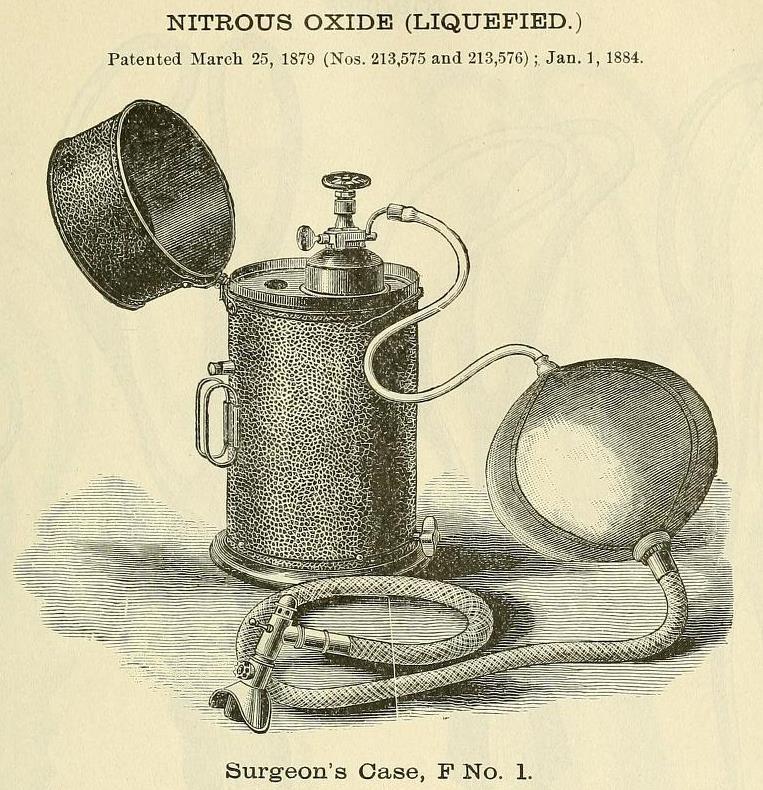D: (LAUGHING)
Y: What are you laughing at, Don?
D: Nitrous oxide, commonly known as laughing gas.
Y: You're not funny, Don.
D: In this case, I'd say you're right. Did you know that nitrous oxide is an important greenhouse gas?
Y: No, I didn't.
D: Nitrous oxide doesn't get much press these days. But an international team of scientists in Antarctica analyzing ancient air trapped in bubbles in Taylor Glacier discovered there was a thirty percent increase in atmospheric nitrous oxide at the end of the last ice age.
Y: How did that happen?
D: Using the ratio of gas isotopes like a fingerprint, scientists identified terrestrial and marine microbes that produced the nitrous oxide. Terrestrial microbes had a head start, but in the end they both produced gas in equal amounts. As the earth warmed, the microbes produced even more nitrous oxide which in turn helped warm the environment further. This led to the end of the ice age and the melting of giant ice sheets.
Y: So, what happened at the end of the last ice age is similar to what's happening now with global warming?
D: Yes. Atmospheric nitrous oxide went from about two-hundred parts per billion at the peak of the ice age to two-hundred sixty at the end. Today it's over three-hundred, primarily from human agriculture. Global warming is predicted to increase the number of low-oxygen zones in many of the world's upper oceans, which will also increase the number of nitrous oxide producing microbes.
Y: That's bad news all around.
D: Not only that, nitrous oxide also destroys ozone.
Y: Oh, great. I think I could use some laughing gas now.










